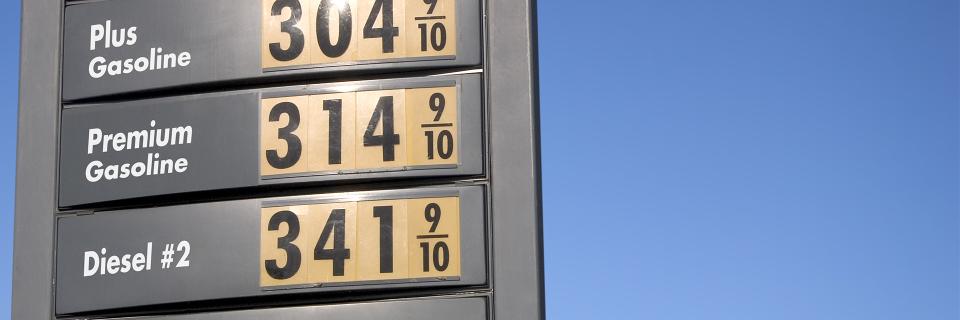
Over the past two years, fuel prices have been a on a rollercoaster ride, swinging from low to high and everything in between. With recent fuel shortages and higher demand, prices have gone up significantly from where they fell early in the pandemic. In November 2020, the average rate for diesel was $2.37, rising to more than $3.73 per gallon during the same time in 2021. What can we expect with fuel prices for the first few months in 2022?
Surges in Fuel Demand
The surge in demand for oil beginning in 2021, combined with a very slow response from the global oil industry, has caused energy costs and inflation percentages to soar. With rail, air and road travel booming again, the supply chain can’t keep up with the demand for oil and natural gases which has led to shortages and higher rates as oil providers burn through their stored supplies quickly.
Fuel Rates May Continue to Rise
The Department of Energy reported the average rate for Brent crude oil averaged $84 a barrel in October 2021, up $43 from October 2020. Crude prices have not been this high for almost an entire decade, in part due to higher supply chain expenses and delays, increased shipping demand from the holidays, tanker driver shortages and more. Additionally, fuel stop employee wages and costs are higher than ever, contributing to higher rates of fuel.
If the country experiences a high amount of inclement weather and frigid temperatures, natural gas supplies may experience shortages leading to a higher consumption of diesel, which is used as a substitute for natural gas. If diesel usage rises, so may the rates.
Tom Kloza, global head of energy analysis for Oil Price Information Service, reported to CCJ Digital that he expects higher fluctuation in diesel prices this quarter than for gasoline, with an increase to roughly $4 a gallon nationwide. He forecasts those rates may decline after the first few months.
Watch for a Decline Mid-2022
Overall, diesel and gasoline rates may continue to climb steadily for the first part of 2022. However, based on current projections from the Department of Energy and the U.S. Energy Information Administration, supply will hopefully outpace demand mid-2022 leading to a decline in rates across the country.
If you’re looking for an easy way to save on fuel expenses, RTS Carrier Services offers an average savings of 25 cents per gallon at more than 2,000 fuel stations nationwide.